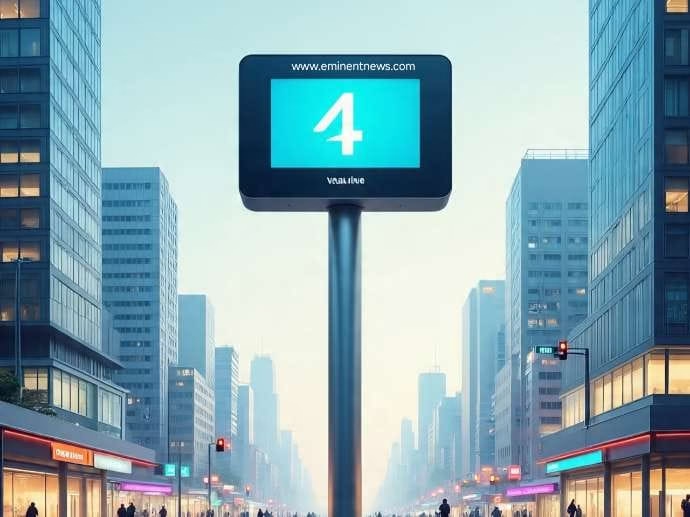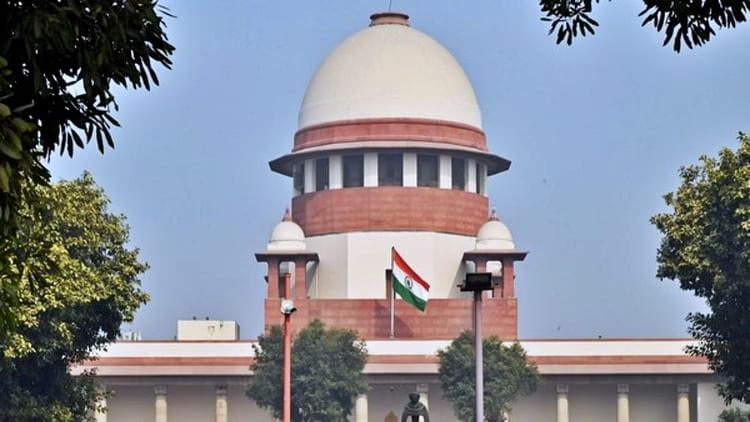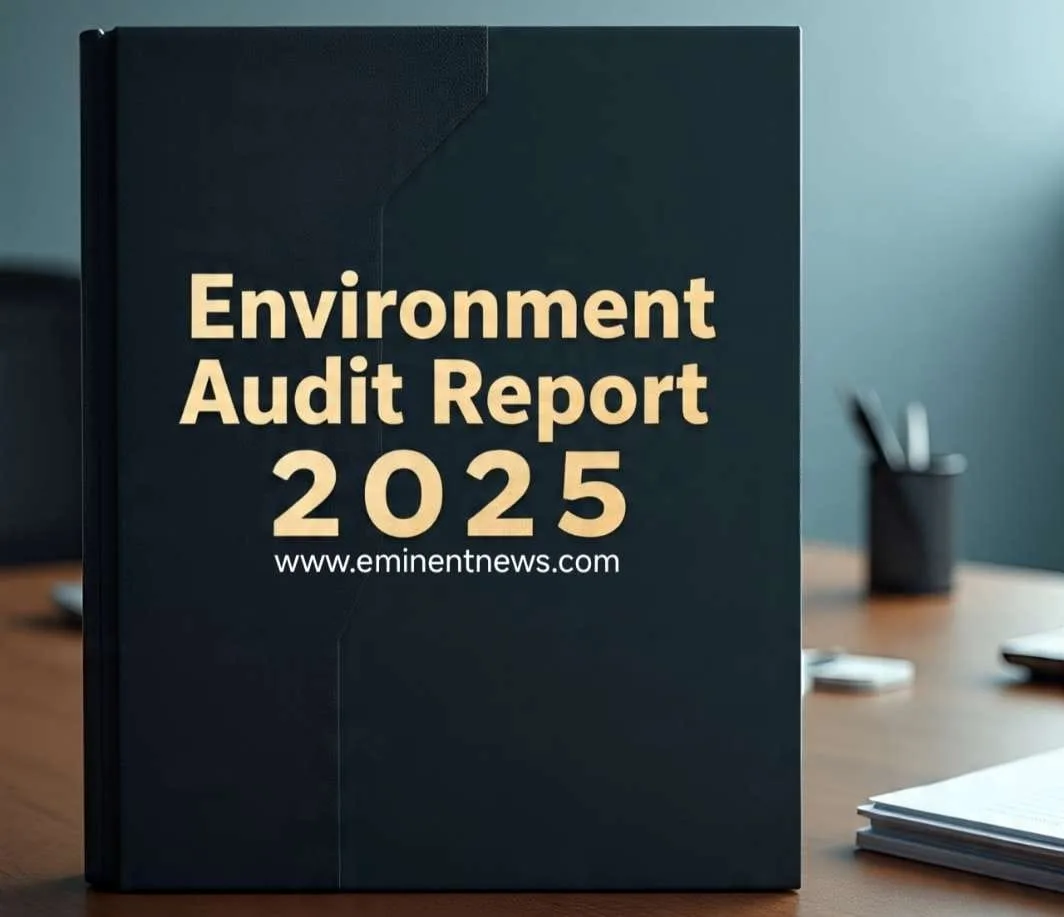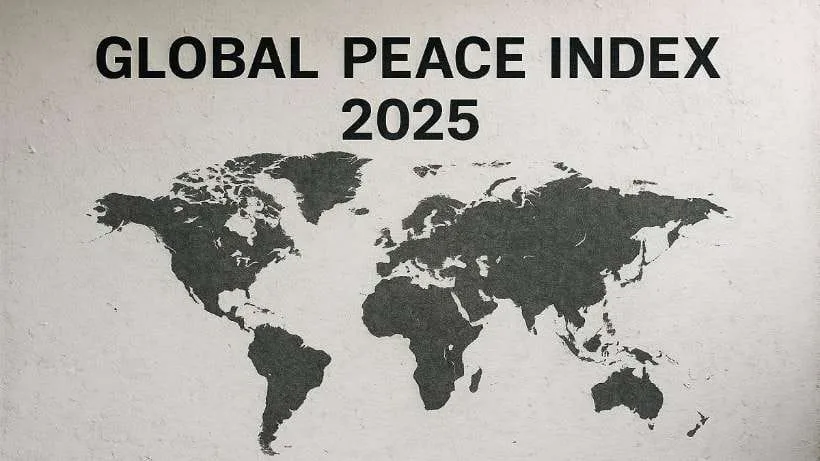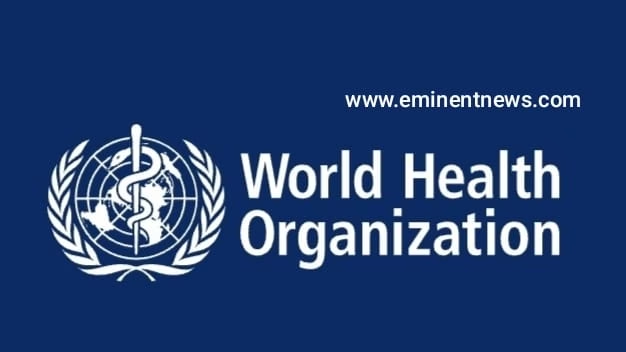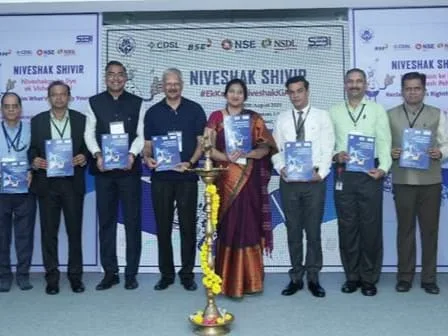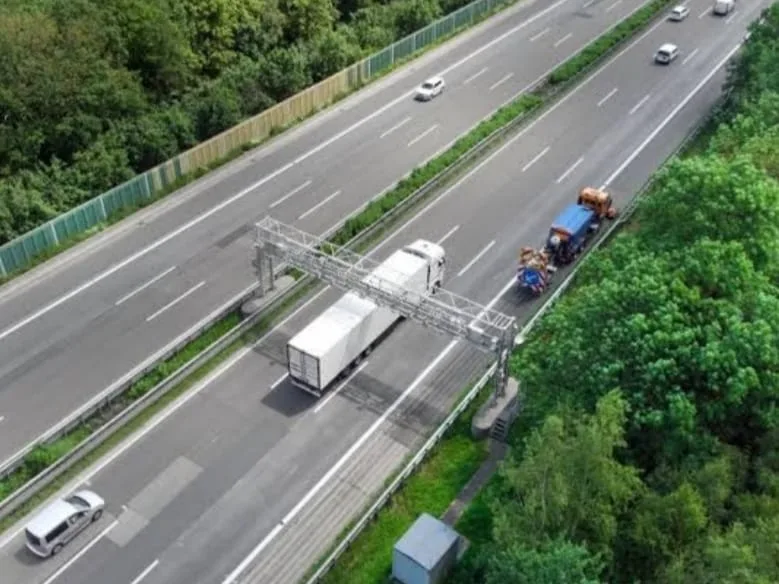Centre for Research on Energy and Clean Air (CREA) on Indian cities’ air pollution levels for the first half of 2025 reveal the following:
- Byrnihat (Assam-Meghalaya border) is the most polluted city in India, with an average PM2.5 concentration of 133 micrograms per cubic meter, which is more than triple India’s national safe limit of 40 µg/m³.
- Delhi is the second most polluted city, averaging 87 µg/m³ PM2.5, about twice the national safe limit. In the first half of 2025, Delhi experienced 29 days of “very poor” air quality and 3 days of “severe” air pollution.
- Other highly polluted cities include Hajipur (Bihar), Ghaziabad (Uttar Pradesh), Gurgaon (Haryana), Sasaram, Patna, Rajgir (Bihar), Talcher, and Rourkela (Odisha).
- The cleanest city reported was Aizawl (Mizoram), with an average PM2.5 level of 8 µg/m³, still above the World Health Organization’s (WHO) guideline of 5 µg/m³ whereas NAAQS’ PM 2.5 limit is 40 µg/m³.
- Across 293 Indian cities with air quality monitoring, 259 cities (over 88%) exceeded the annual PM2.5 limits halfway through the year, meaning they are unlikely to meet legal air quality standards even if pollution drops significantly in the remaining months.
- 117 city under clean air but 259 city cross limit of PM 2,5 at National level ….
- claenest city of
- Uttar Pradesh : Bareli & Vrindavan
- MP: Maihar
- Karnatak : Chamrajnagar & Cikkammangluru
- Tamilnadu : Tirupur & Tirunelveli
- Manipur : imphal
- Only one city (Byrnihat) exceeded India’s national annual PM2.5 limit in the early months of 2025, illustrating a gap between India’s current lenient standards and stricter WHO guidelines.
- The report highlights that a multi-sectoral approach is needed to tackle pollution including better enforcement of emission controls on thermal power plants, many of which lack critical pollution control systems such as flue gas desulfurization units near Delhi.
- Current air pollution control efforts focusing mainly on vehicles and agriculture are insufficient; energy production and industry must also be tightly regulated to improve air quality effectively.
- Health impacts of prolonged exposure to these high PM2.5 levels include increased asthma, respiratory infections, heart disease, and other chronic illnesses.
“ CREA’s recent report warns of widespread severe air pollution in Indian cities with dangerous PM2.5 concentrations far exceeding safe limits across most urban areas, calling for urgent, robust, and cross-sector pollution control measures to protect public health and meet regulatory goals”
For national reports visit www.eminentnews.com

